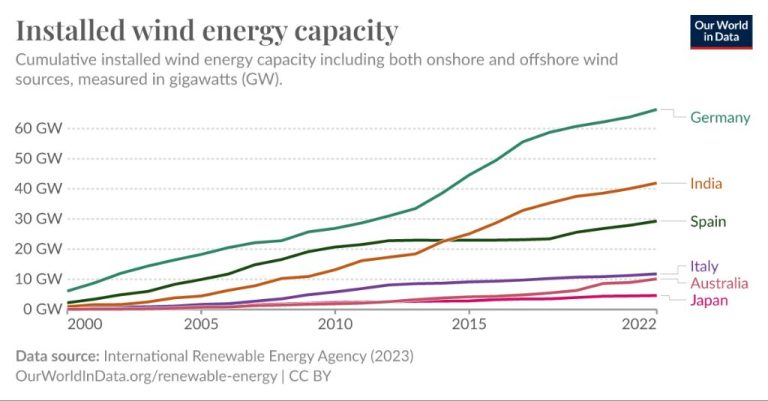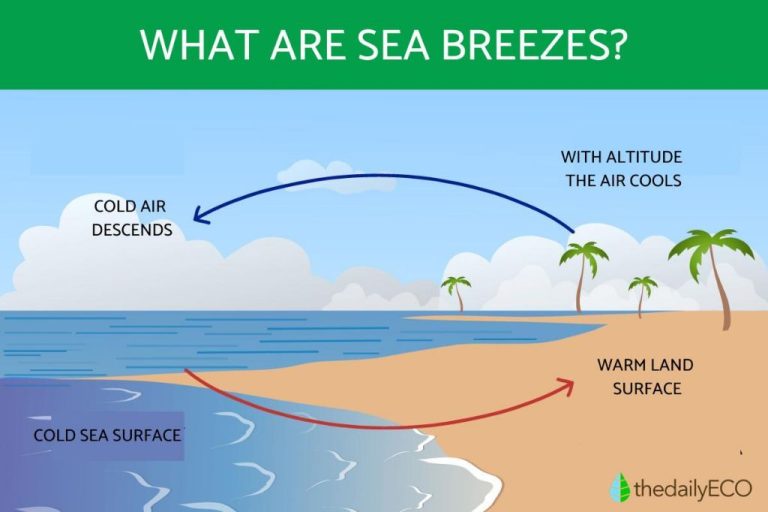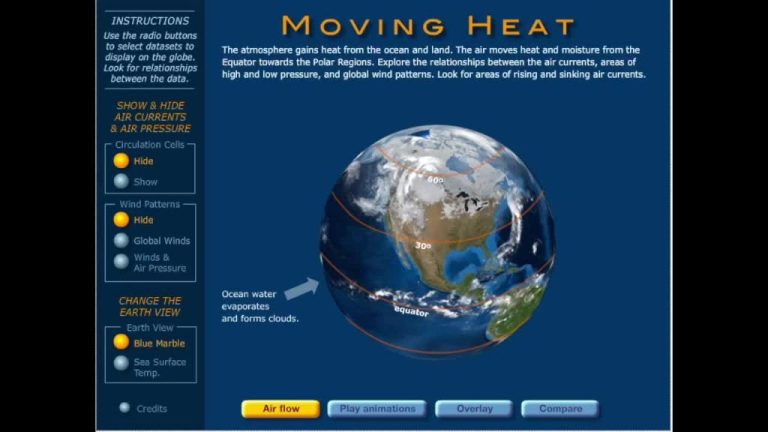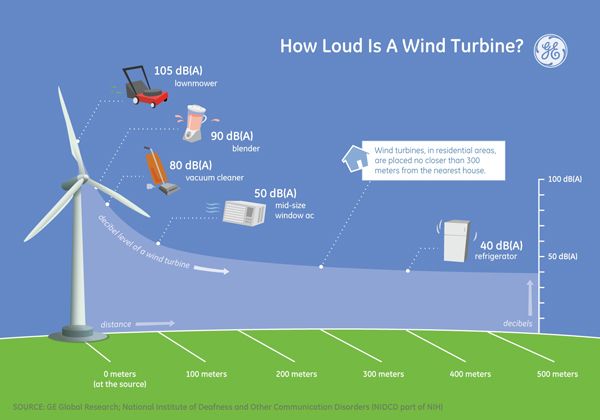How Much Wind Is Currently Installed In The Us?
Wind power has emerged as a major renewable energy source in the United States over the past two decades. With ample wind resources available across the country, wind energy capacity has expanded rapidly to provide clean and affordable electricity generation. As of 2022, wind power accounted for over 9% of total utility-scale electricity generation in the U.S., up from just 0.4% in 2000. With this rapid growth, understanding the current status of installed wind power capacity in the nation provides helpful insight into this important industry.
This article provides an overview of the total wind power capacity currently installed and operating across the United States. It examines which states lead in wind power capacity, trends over the past decade, and how much potential remains for future growth. After assessing the present state of wind power utilization in America, this article explores projections for how capacity may expand moving forward based on policy, technology, and market factors. The purpose is to give readers a comprehensive perspective on the scale of installed wind energy today and how this vital renewable electricity source may evolve in the years ahead.
Current Installed Wind Capacity
As of January 2023, the total installed wind power nameplate generating capacity in the United States was 141,300 megawatts (MW) according to Wikipedia. This accounts for approximately 9% of total US electricity generation.
Wind power capacity has expanded rapidly over the past decade. In 2012, total installed capacity was 60,000 MW according to the Department of Energy’s 2021 Wind Technologies Market Report. By 2020, capacity had more than doubled to 121,955 MW (DOE 2021). This represents a compound annual growth rate of approximately 8% over that time period.
Top States for Wind Capacity
Texas leads the country by a significant margin in installed wind capacity, with over 24,899 MW as of 2019 according to Power Technology (https://www.power-technology.com/features/us-wind-energy-by-state/). This is nearly three times higher than the next highest state, Iowa, which had 8,422 MW of installed wind capacity as of 2019. Other top states for wind capacity include:
Oklahoma – With over 8,072 MW of installed wind capacity as of 2019, Oklahoma ranks 3rd in the nation for wind power capacity according to Power Technology (https://www.power-technology.com/features/us-wind-energy-by-state/). The state has greatly expanded wind farms and turbines in recent years.
California – As of 2019, California had 5,555 MW of installed wind capacity, ranking it 4th in the nation according to Power Technology (https://www.power-technology.com/features/us-wind-energy-by-state/). Wind accounts for 7% of California’s total electricity generation.
Kansas – Kansas ranks 5th in the country for installed wind capacity at 5,426 MW as of 2019 based on data from Power Technology (https://www.power-technology.com/features/us-wind-energy-by-state/). Wind power accounts for 36% of the state’s electricity generation.
Offshore Wind Potential
The United States has vast untapped offshore wind energy potential, especially along the Atlantic coast. According to a report from the Department of Energy, the technical offshore wind potential for the United States is over 2,000 gigawatts (GW), with the Atlantic coast accounting for over 90% of that potential. However, as of 2021, the U.S. only had 42 megawatts (MW) of installed offshore wind capacity.
While offshore wind capacity remains low, there are significant opportunities to greatly expand it. The Biden administration has set a goal for the U.S. to deploy 30,000 MW of offshore wind by 2030. States like New York, New Jersey, and Massachusetts have also set ambitious offshore wind targets. Capturing just a fraction of the technical potential along the East Coast could generate huge amounts of clean electricity.
However, there are challenges to rapidly scaling up offshore wind. Large offshore wind farms require billions in investment and complex permitting/approvals. Infrastructure like transmission lines and ports need upgrading to support projects. Supply chain constraints also exist in the U.S. for things like installation vessels. But policies and investments to unlock offshore wind potential could provide substantial economic development and emissions reduction benefits.
Top Wind Energy Companies
Some of the leading wind energy companies in the United States include:
NextEra Energy – With over 22,000 wind turbines across North America, NextEra Energy is the world’s largest producer of wind and solar energy (https://admiralmarkets.com/education/articles/shares/invest-in-wind-energy-stocks). Headquartered in Florida, NextEra operates wind projects in about 19 states. The company has plans to continue expanding its renewable energy capacity.
Berkshire Hathaway – Through its subsidiary Berkshire Hathaway Energy, the multinational conglomerate owns and operates over a dozen wind farms across the US. Their wind energy portfolio includes over 2000 megawatts of installed capacity.
American Electric Power (AEP) – Based in Ohio, AEP is one of the top utilities investing in wind energy. They own over 7000 megawatts of wind generation capacity. AEP plans to continue growing its renewable energy portfolio, with a focus on wind and solar power.
Xcel Energy – This Minnesota-based utility services customers across 8 states in the Midwest and Southwest US. With over 8000 megawatts of wind power capacity, Xcel is a leading wind energy provider. The company aims to provide 100% carbon-free electricity by 2050.
Duke Energy – Headquartered in North Carolina, Duke Energy owns and operates over 35 wind farms across the country. Their renewable energy portfolio includes over 3000 megawatts of wind power capacity.
Wind Turbine Technology
Wind turbine technology has advanced significantly over the past decade, with turbines becoming larger and more efficient at harnessing wind energy. According to the U.S. Department of Energy, the average turbine installed in 2017 was 2.15 megawatts (MW), up 108% since 1998-1999 when average turbine size was only 1.03 MW (Source). Turbine heights have also grown enormously, with average hub height around 83 meters in 2017 compared to only 63 meters in 1998-1999.
Advances in blade design and materials are key factors driving increases in turbine size and efficiency. Modern turbine blades can exceed 100 meters in length and are made from advanced materials like carbon fiber and fiberglass composites. Blade design has progressed considerably with the use of sophisticated computer modeling software for aerodynamics and structural analysis. Improved blade geometry such as tapered shapes, twisted blades, and airfoils optimize energy capture from the wind.
Wind Energy Costs
The costs of wind energy have decreased substantially in the past decade. According to the U.S. Department of Energy, the levelized cost of wind energy has declined by 41% since 2014 (https://www.energy.gov/eere/articles/fiscal-year-2016-congressional-budget). In many areas, wind is now cost-competitive with conventional energy sources like coal and natural gas. The average levelized cost of wind power was around $50/MWh in 2019, compared to $40-60/MWh for natural gas and $65-150/MWh for coal (https://stopthesethings.com/tag/true-cost-of-wind-power/).
Cost reductions have been driven by technological improvements, manufacturing scale, and competitive procurement practices. Government incentives like the production tax credit have also helped make wind cost-competitive during the early stages of market development. As the wind industry continues to mature, costs are projected to decrease further.
Wind Energy Challenges
While wind energy offers many advantages, it also comes with some challenges that need to be addressed. Three key challenges with wind power include transmission needs, intermittency, and potential wildlife impacts.
Transmission needs refer to the infrastructure required to transport electricity from wind farms to cities and towns where the energy is consumed. Many prime wind farm locations tend to be remote, far from major population centers. Massive investments in transmission lines are needed to connect these wind resources to the grid (Source: https://www.eia.gov/todayinenergy/detail.php?id=4650).
Another challenge is the intermittent nature of wind, which blows stronger at some times than others. The variability in wind generation needs to be balanced through methods like demand response, storage, and transmission connections to non-wind resources (Source: https://www.energy.gov/eere/wind/advantages-and-challenges-wind-energy).
There are also some concerns about wind turbines potentially impacting wildlife like bats and birds. Proper siting, technology improvements, and operational strategies can help minimize wildlife impacts (Source: https://www.energy.gov/eere/wind/environmental-impacts-and-siting-wind-projects).
Future Wind Energy Goals
The U.S. Department of Energy has ambitious wind energy goals for 2030 and 2050. According to the Wind Vision report, the DOE aims to generate 20% of U.S. electricity from wind by 2030 and 35% by 2050. This would require significant growth from the current installed capacity of 122 GW.
Offshore wind is expected to play a major role in meeting these targets. The DOE has set a goal of developing 30 GW of offshore wind capacity by 2030, up from the current 42 MW. To support this growth, the DOE recently announced a $4.75 million investment to establish a National Offshore Wind Center of Excellence, which will focus on accelerating offshore wind development as detailed in this DOE article.
Many states also have clean or renewable energy standards that will drive further onshore and offshore wind development. For example, New York aims to procure 9 GW of offshore wind by 2035 and New Jersey has a goal of 7.5 GW by 2035. Meeting state and federal wind targets will require continued declines in wind energy costs as well as addressing remaining challenges such as transmission capacity and permitting.
Conclusion
The United States has made impressive strides in wind energy development, with over 132 GW of installed wind capacity as of 2021. Key states leading wind growth include Texas, Iowa, Oklahoma, California, and Kansas. Offshore wind represents an area of massive potential for future wind expansion, with several major projects in the pipeline along the East Coast. As wind turbine technology continues to advance, enabling larger and more efficient turbines, wind energy costs have fallen dramatically to become competitive with fossil fuels in many regions. Continued innovation and strategic investments will be critical for the wind industry to overcome remaining challenges related to transmission, siting, and intermittent generation. With ambitious goals set to achieve net zero emissions by 2050, wind energy will need to scale up significantly across the United States, aided by supportive policies and collaboration between the public and private sectors. Doubling or even tripling installed wind capacity this decade is feasible with the right strategies and commitment to sustainable, affordable and reliable renewable energy.
With wind energy delivering over 9% of U.S. electricity demand today, the industry’s remarkable expansion and cost reductions have firmly established it as a mainstream energy source. But much work remains to tap into the vast wind resources across America and transition our energy economy. Continued leadership from pioneering wind states, technology evolution, and policies that recognize wind’s environmental and economic attributes can lead the way toward a cleaner, more renewable grid.





